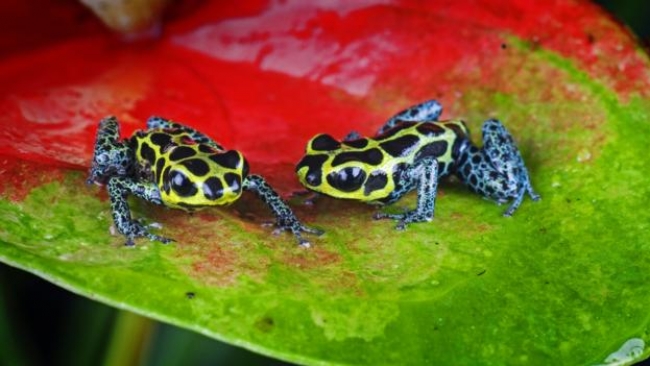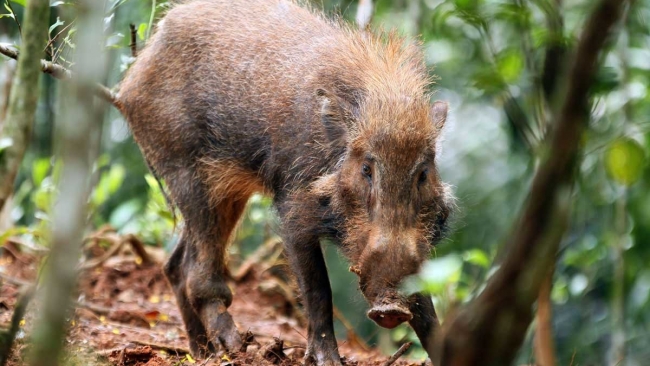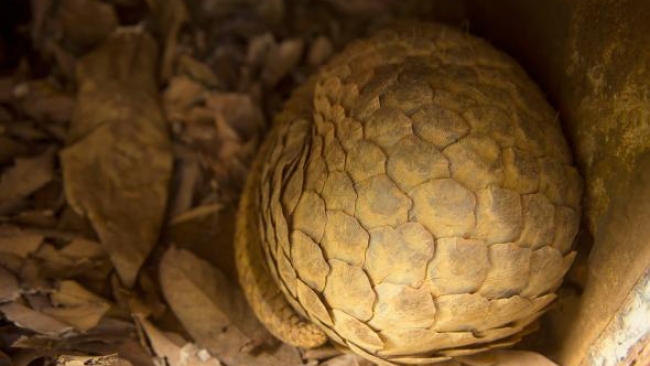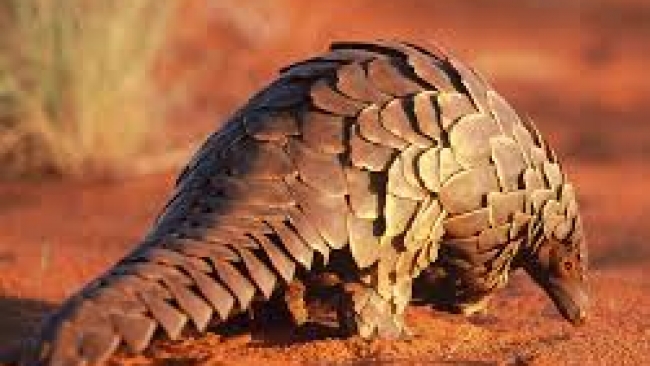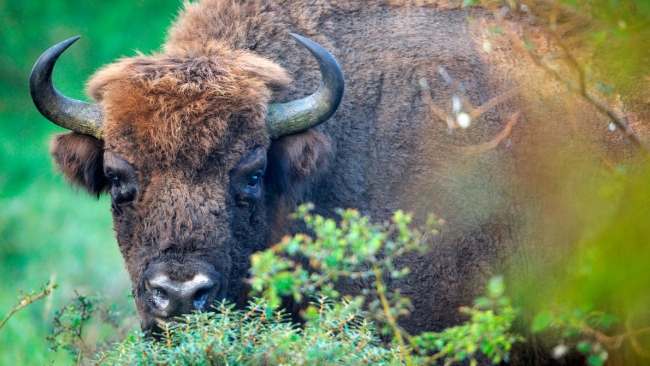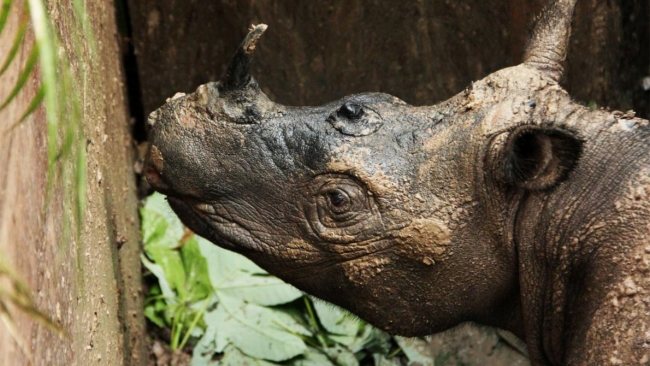New Butterfly Discovered in Alaska for First Time in 28 Years

A scientist organizing butterfly specimens in a museum collection made a startling discovery: What people had thought was a variant of a common species is actually a totally new organism, and one with an interesting evolutionary history to boot. And what's more, the new species may be the only type of butterfly endemic to Alaska, meaning it is found there but nowhere else.
A group of eight scientists from three countries has named the new insect the Tanana Arctic, or Oeneis tanana. It's the first new butterfly species described from Alaska in 28 years, and the research is now published in the Journal of Research on the Lepidoptera.
"To me it was surprising that no one had noticed this before," says Andrew Warren, a study author and lepidopterist (or butterfly expert) at the University of Florida in Gainesville.
In 2010, Warren was going through the collection at the Florida Museum of Natural History when he came across a specimen labelled as the Chryxus Arctic butterfly, and yet it "didn't look right." (Learn about butterflies behaving badly.)
The specimen had genitalia that looked different from the typical Chryxus, and it was larger and darker overall. It also had bigger white specks on the underside of its penny-colored wings, giving it a frosted look.
Over the next few years, Warren enlisted other scientists from other institutions to help him figure out what was going on. A Russian scientist sequenced DNA from the specimen, finding that it had a unique signature characteristic of a different species. Warren visited Alaska's interior to examine more individuals. (He arrived too late in the season to find live ones but was able to view local collections.)
The species had actually been hiding in plain site in museums since at least 1955, the team discovered, masquerading as its relative.
The Tanana Arctic lives in the spruce and aspen forests of the Tanana-Yukon River Basin in central Alaska's interior. Like many other cold-weather butterflies, the adults are short lived, emerging in late May and dying off by July. The larvae take two years to mature and subsist on sedges and grasses, while the adults sip nectar. (See photos of butterflies.)
Little is known about the ecological importance of the species. It's evolutionary history is likely to prove interesting, however. The species is probably one of a handful of butterflies that are known to have arisen through hybridization of two other species in the recent past, says Warren. That process is known to occur commonly in plants, but in butterflies scientists have only recently realized the possibility.
The Tanana Arctic's range is in an area of Alaska that wasn't covered by giant ice sheets during the last Ice Age, about 28,000 to 14,000 years ago. Instead, the area acted as a refuge for many types of species.
According to genetic analysis, during that period, Chryxus Arctic and the White-veined Arctic butterfly mated to produce hybrid offspring. Those new individuals diverged from their parents by carving out their own niche. As the climate shifted, the Chryxus Arctic butterflies moved south, eventually settling in Colorado, where they remain today.
Warren says new species are being discovered all the time in museum collections, facilitated by improvements in genetic analysis. Moths are particularly ripe for this, he notes, since they are much less understood than butterflies. Currently, there are 825 species of butterflies described for the U.S. and Canada and about 10,000 species of moths.
Since butterflies are particularly quick to react to climate change, monitoring the new species over time might provide fresh insight into the shifting Arctic, Warren adds.
Source: By Brian Clark Howard
Wed 30 Mar 2016 at 11:17
